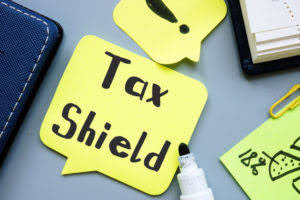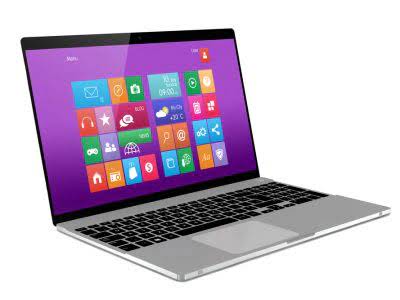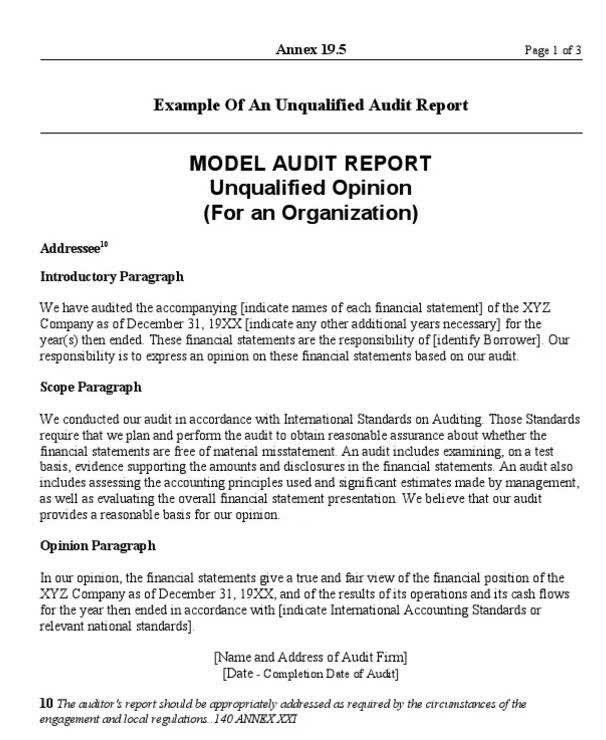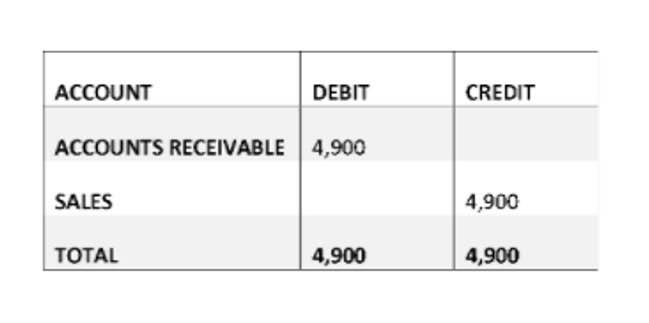
From your perspective, you now own a larger percentage of the company, since the total number of shares outstanding has declined. Since EPS increased, it is likely that the market value increased as well (although in the real world this is not guaranteed). And since you did not actually receive any dividends, you do not need to pay any taxes even though your wealth increased as a result of the higher share price. A company that announces a 2-1 stock split as of a certain date doubles its number of shares outstanding on that date.
Financial Position

Authorized shares are the total number of shares a company can legally issue, while issued shares are the number the company has issued to date. The number of authorized and issued shares may be the same or different, in which case there would be more authorized than issued shares. If a startup issues 10 million shares out of 20 million authorized shares to an owner, and the owner’s shares are the only ones issued, the owner controls 100% of the corporation. Authorized shares are those a company’s founders or board of directors (BofD) have approved in their corporate filing paperwork.

Shares Outstanding vs. Treasury Shares

It can split its stock to reward its current investors and to make its price per share more tempting to new investors. It can reverse-split its stock to keep its head above water, artificially increasing its share price. It also may coincide with the conversion of stock options awarded to company outsiders into stock shares. Dilution occurs when a company issues additional shares, reducing current investors’ proportional ownership in the company. Outstanding shares are a key factor in calculating market capitalization, which is determined by multiplying the number of outstanding shares by the current market price per share. For instance, a company with 10 million outstanding shares priced at $50 each would have a market capitalization of $500 million.
Basic Shares Outstanding
- Issuing new shares can dilute dividends per share unless offset by proportional increases in net income.
- A company’s number of issued shares includes any shares the company has bought back and now holds in its treasury.
- You should take into account all of the financial information available to make an investment decision.
- On the other hand, if you have fewer outstanding shares available for trading, the demand for the company’s stock will increase, potentially leading to higher stock prices.
- Common shares represent ownership interest in a company, and they typically come with voting rights and cash flow (dividend) rights.
- Learn financial statement modeling, DCF, M&A, LBO, Comps and Excel shortcuts.
- These shares signify ownership in the business and grant the shareholder specific rights, including the ability to vote and receive dividends.
Imagine a situation where the company exercises a share buyback at the end of the year. If that figure is taken and used to calculate EPS, then the EPS would be much higher, and it would eventually amount to polishing the financial figures. With the IPO, the company has issued 25,800 shares, has offered 2,000 shares to each of the two managing partners, and has retained 5,500 stocks in the treasury. The company’s board of directors decides the number of outstanding shares, often influenced by strategic goals, financial needs, and shareholder approvals. Outstanding shares are neither inherently good nor bad; they represent ownership in a company. Their impact depends on factors like company performance, shareholder equity, and market perception.
- Outstanding shares represent the ownership stakes of different investors in the company.
- Market cap is directly calculated using shares outstanding; you find market cap by calculating the stock price with the shares outstanding.
- Market capitalization is calculated by multiplying the company’s share price by its shares outstanding.
- A company’s outstanding shares, the total shares held by shareholders excluding treasury stock, can fluctuate due to various factors.
- This includes shares distributed during the company’s initial startup phase or through secondary offerings.
- On the other hand, Treasury Shares are repurchased by the company and retained in its own treasury.
If a company issues new shares to the public, exercises a stock split or the employees of how to find shares outstanding the company redeem the stock options, the number of outstanding shares tends to increase. On the other hand, if a company buys back the shares or practices share consolidation, the number of outstanding shares decreases. The number of outstanding shares is also in the capital section of a company’s annual report.
What are Shares Outstanding in Financial Metrics?
Warrants are instruments that give the holder a right to purchase more outstanding stock from the company’s treasury. Whenever warrants are activated, stocks outstanding increase while the number of treasury stocks decreases. If all these warrants are activated, XYZ will have to sell 100 shares from its treasury to the warrant holders.
The most up-to-date number of basic shares outstanding can be found Bookkeeping for Veterinarians in the latest form 10-K or 10-Q of a company. The information is available on the front page of these financial reports. To issue more shares, the company would have to first increase the number of authorized shares. StocksToTrade makes it easy to view both a company’s stock float and shares outstanding. Simply using the number of shares outstanding at the end of the reporting period might give a distorted picture of the company.
- Earnings per share is a measure of a company’s valuation, calculated by dividing its profit by the number of shares outstanding.
- You can usually find the number of shares outstanding in the stock details section of your charting software.
- Shares Outstanding represent all of the units of ownership issued by a company, excluding any shares repurchased by the issuer (i.e. treasury stock).
- Companies issue non-voting shares to raise finance while preserving voting power in a small group of shareholders, usually the founders or management team.
- It must prepare appropriate documentation and ensure compliance with state and federal securities laws.
- A company’s number of outstanding shares is not static and may fluctuate wildly over time.

Weighted averages are also used in other aspects of finance including calculating portfolio returns, inventory accounting, and valuation. The weighted average is a mean value calculated by averaging each quantity against an assigned weighting to determine the relative importance of each quantity. In the last 12 months, operating cash flow was $108.29 billion and capital expenditures -$10.00 billion, giving a free cash flow of $98.30 billion.
What is the role of treasury shares in calculating outstanding shares?

Preferred shares can be a smart gross vs net investment for those searching for a consistent income source and are ready to accept lower potential profits in exchange for lower volatility. They are not appropriate for investors seeking strong growth potential or a say in company decisions. The ownership of outstanding shares spreads among several shareholders, with no single shareholder controlling the company.


